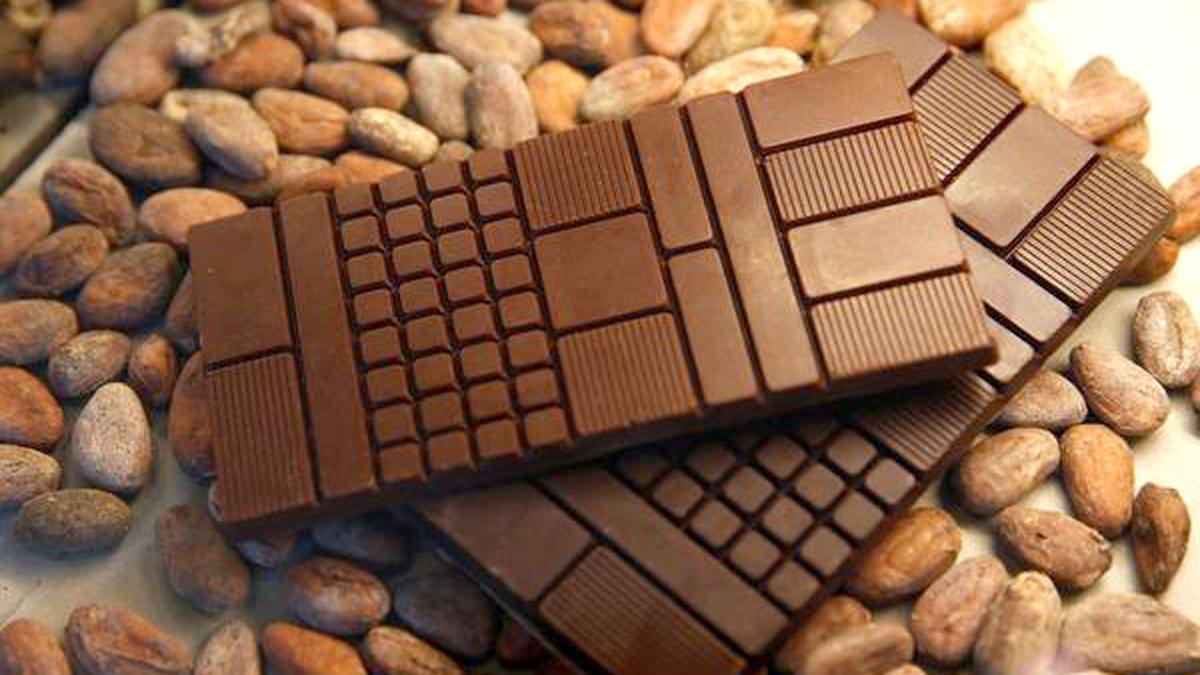Image used for representation
(This article forms a part of the Science for All newsletter that takes the jargon out of science and puts the fun in! Subscribe now!)
Did you know that, like yogurt, kimchi, and sauerkraut, chocolate is a fermented food as well?
When microorganisms like bacteria and fungi ferment carbohydrates in food, they transform it without using oxygen.
Farmers usually ferment cocoa beans on the farm in wooden boxes covered with materials that regulate temperature. While cheesemakers or winemakers add microbes, cocoa beans instead benefit from microbes that arrive spontaneously from the environment, with little human help. As a result, the location strongly shapes cocoa bean fermentation, which makes the flavour profiles differ from one place to the next.
In a new study published in Nature Microbiology, scientists recreated cocoa bean fermentation in the lab and explored ways to make it better.
They monitored temperature and pH during cocoa bean fermentation in Colombia for two growing seasons to determine the right conditions. They chose three farms in the Santander (Colombia’s leading cocoa-producing region), Huila, and Antioquia regions.
The scientists found that in Santander, bean temperatures rose after the first 24 hours, indicating microbial growth. The pH became highly acidic in the first two days before rising again, a sign that microbes were consuming the available nutrients.
But while the pulp became less acidic, the cotyledon (the first seed leaf) became more so. The scientists also detected a negative correlation between bean temperature and cotyledon pH. Both temperature and pH changes also aligned with the colour changes that farmers traditionally use to judge how far fermentation has progressed.
Using metagenome sequencing, the team tracked microbial community dynamics and saw both bacterial and fungal diversity drop over time — a pattern previous studies have reported as well. The researchers said this decline happens because microbes break down nutrients, triggering chemical and metabolic changes. They also found that different microbes dominated at different stages of the process.
The findings from Huila matched those from Santander but the dynamics in Antioquia were different.
The scientists concluded that bacteria within fermentation boxes retain a “memory” and eventually become self-sustaining sources of microbes themselves. Fungi, on the other hand, probably arrive from multiple environmental sources. This difference could help explain how the flavour of chocolate varies across regions.
The researchers also reproduced the key microbial features from Santander and Huila farms in the laboratory and observed patterns similar to those seen on the farms. However, when they removed specific members of the microbial community, the outcomes changed, implying that the composition of microbes in the box depends on the starter community and on the fermentation time.
According to the team, these findings could help scientists and farmers produce chocolate with specific flavour profiles using particular starter cultures.
“We developed a robust pipeline enabling the design of fermentation starters that will contribute to the domestication of spontaneous and unpredictable microbial fermentation of cocoa occurring on farms,” the scientists wrote in their paper.
“This sets the stage for the emergence of a modern chocolate industry akin to the beer or cheese industry, based on controlled cocoa fermentations, driven by synthetic microbial starters capable of robustly reproducing unique flavour attributes in cocoa beans and chocolate.”
From the Science pages
Question Corner
Flora and fauna
Published – September 24, 2025 02:58 pm IST
